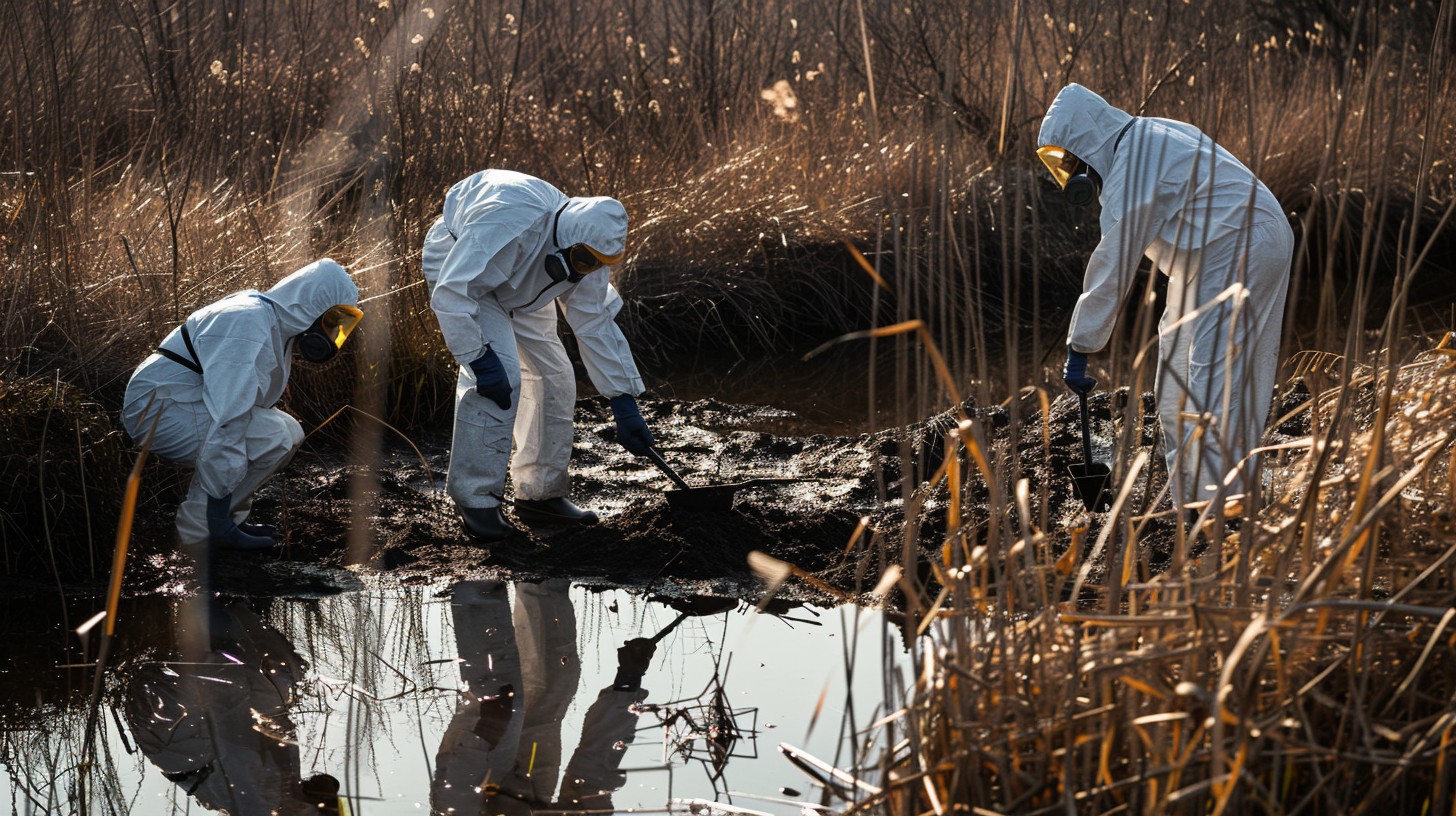
A recent study conducted by the U.S. Geological Survey (USGS) reveals that approximately 71 to 95 million people in the Lower 48 states – over 20% of the U.S. population – may rely on polluted groundwater exposed to per- and polyfluoroalkyl substances (PFAS) as their drinking water.
This significant finding highlights the potential health risks associated with these pervasive chemicals, often referred to as "forever chemicals" due to their resistance to degradation.

According to the study published in the journal Science, the USGS has produced national estimates of PFAS occurrence in untreated groundwater that supplies both public and private wells. This research marks the first effort to quantify the number of people potentially affected by PFAS-contaminated groundwater across the country.
The predictive model used in the study aims to assist the public, water suppliers and regulators in understanding the risks of PFAS contamination. It is expected to guide future research and inform strategic planning for water resources.
Alongside the scientific report, USGS has released an interactive online map that allows users to view probability estimates of PFAS occurrence.
Exposure to certain PFAS compounds has been linked to adverse health effects, as noted by the U.S. Environmental Protection Agency (EPA). These synthetic chemicals are commonly found in a variety of everyday products, from fast-food packaging to firefighting foams.
The widespread use and persistence of PFAS raise significant concerns regarding drinking water safety.
"This study's findings indicate widespread PFAS contamination in groundwater used for public and private drinking water supplies in the U.S.," said Andrea Tokranov, USGS research hydrologist and lead author of the study. "This predictive model can help prioritize areas for future sampling to ensure that people aren't unknowingly consuming contaminated water."

The study emphasizes the vulnerability of private ground water users from wells, who may lack access to information regarding water quality and may not have the same resources for testing and treatment as public water suppliers.
The states with the highest populations relying on public water sources potentially contaminated with PFAS include Florida and California. For private wells, Michigan, Florida, North Carolina, Pennsylvania, New York, and Ohio have the largest populations dependent on potentially contaminated groundwater.
Data from the study reveals concerning percentages, such as in Massachusetts, where 86 to 98% of those relying on public water supplies could be exposed to PFAS, and in Connecticut, where 67 to 87% of private well users could be affected.

To derive these estimates, the research team analyzed 1,238 groundwater samples collected by USGS scientists. They considered factors such as urban development and well depth to assess the likelihood of PFAS contamination.
A detailed machine learning model was developed to identify geographic areas with a higher risk of contamination, which was combined with existing USGS data on groundwater reliance on drinking water.
Importantly, the study presents separate estimates for public and private wells, as they typically source water from different depths. The USGS tested for the presence of 24 common types of PFAS, including perfluorobutane sulfonate (PFBS), perfluorooctane sulfonate (PFOS), and perfluorooctanoate (PFOA).
The research provides a comprehensive overview of the Lower 48 states, offering state-level estimates but not detailed city-specific data or concentration levels.